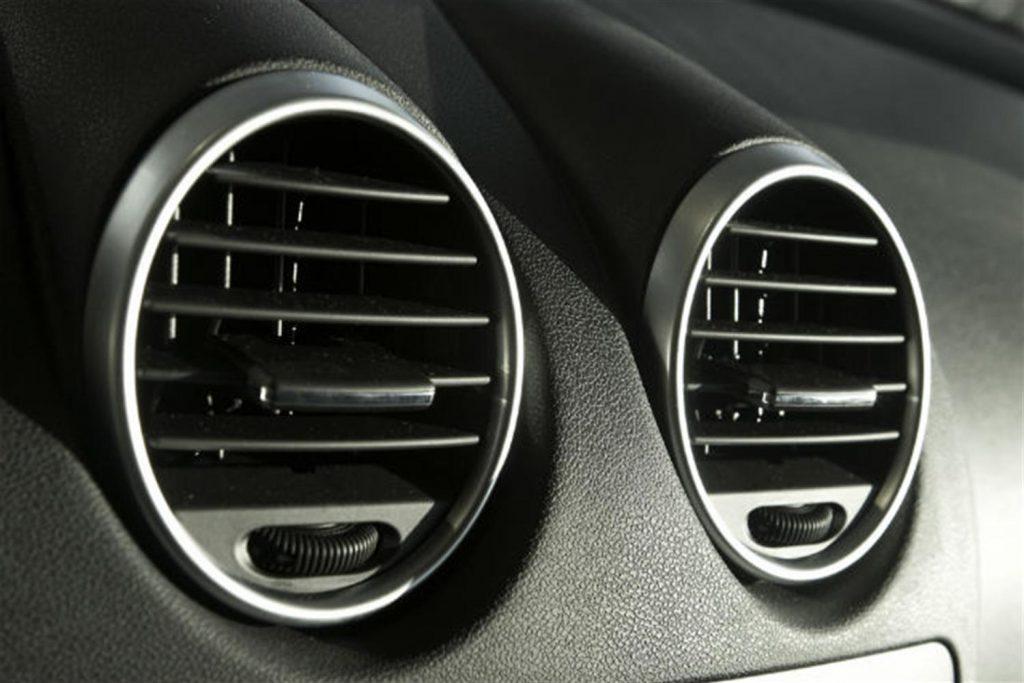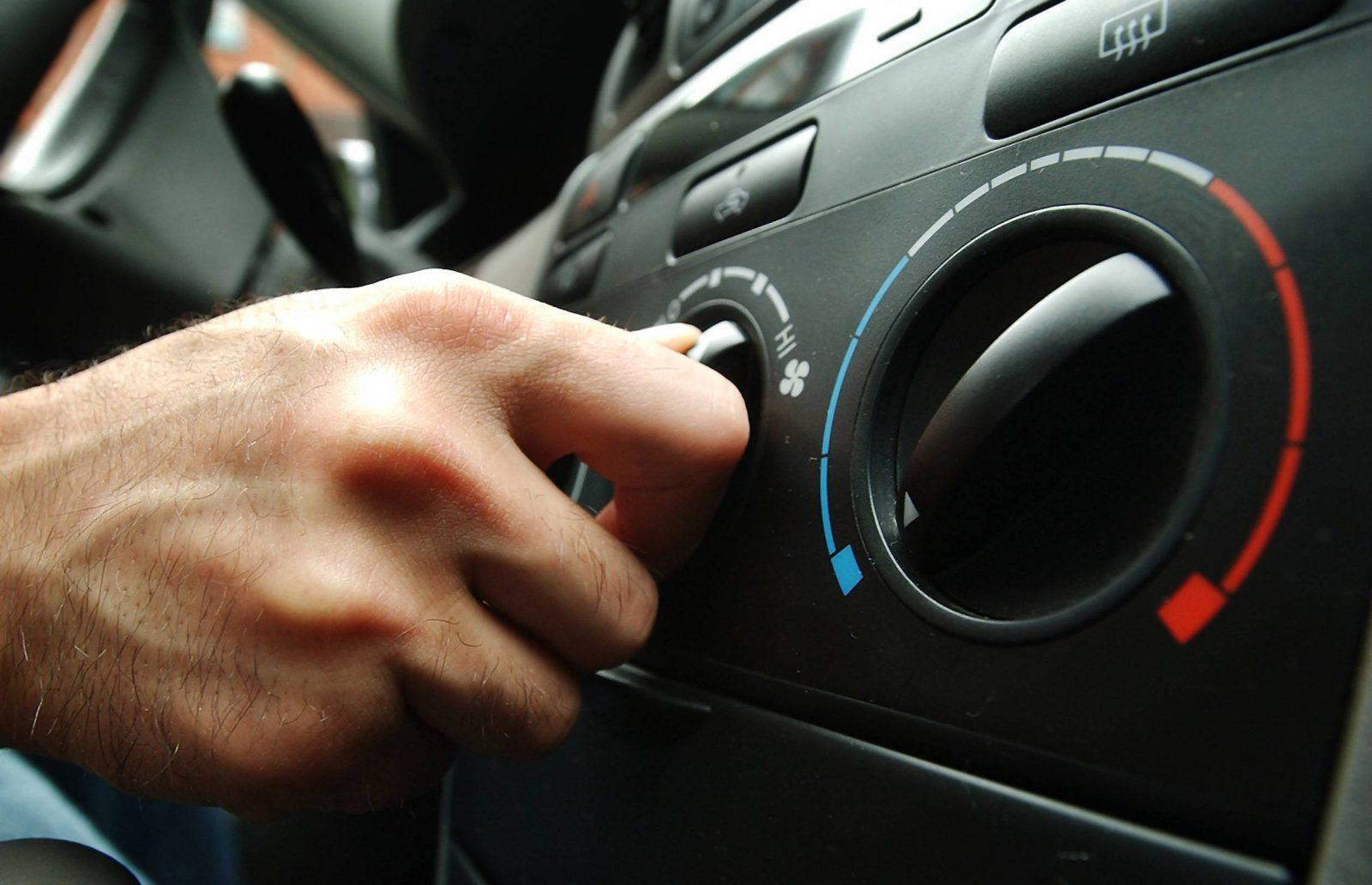Almost every car has an air conditioning system for making the interior chill and contented on hot days. These systems work with the car’s defroster to remove humidity from the interior and stop window icing and fogging. Sometimes, you may need to discharge your vehicle’s AC yourself. To help you out, here are some steps that will tell you how to discharge car AC at home. Read out below!
Contents
Why Do We Need Discharge Car AC?
Discharging a car air conditioner refers to the process of removing refrigerant from the system. There are a few reasons why discharging may be necessary:
- Maintenance or repair: If there is a problem with the air conditioning system, such as a refrigerant leak or a faulty component, discharging the system may be necessary to access and address the issue.
- Retrofitting or conversion: In some cases, when converting an older car’s air conditioning system to use a different type of refrigerant, it may be necessary to discharge the existing refrigerant before adding the new one.
- Recycling or disposal: When disposing of a car or replacing its air conditioning system, it is important to properly handle and dispose of the refrigerant. Discharging the system ensures that the refrigerant is safely removed and can be recycled or disposed of according to environmental regulations.
How to Discharge Car AC at Home? Everything you need to Know!
Before discharge, you should determine that your vehicle’s air conditioning system encloses pure refrigerant. You can take the help of a refrigerant purity status tool. This electronic tool is connected to the AC service port of the car and provides the reading of a small sample of the refrigerant.
Try to recuperate impure refrigerant in another separate container if any. For the discharging process, you need an AC recovery and recharge machine. Now, connect this machine to the AC service docks. The blue cap indicates the low-pressure connector and the red cap states the high-pressure part. You will notice the same colored hoses on the machine also.

In case there is some confusion about the connectors, you can follow expert maintenance tips by auto experts. Now, connect these hoses to the equivalent ports. Don’t forget to note any pressure readings of the system on the AC recovery gear’s gauge. It’s time to start the discharging process. The majority of the AC service machinery is automatic, you need to push just one button or rotate the knob.
See more:
- Why Your Car AC is Not Blowing Cold Air after Recharge?
- Does your AC Burns up more Gas More Than Open Windows?
The pump present in the machine will begin, making the refrigerant move inside the equipment’s inner tank. You will notice that the pressure gauges will fall as the refrigerant is improved. Let the AC service machine make the system down so that some vacuum subsists. As soon as the gauges arrive at zero, it means that the revival process from the car is complete, and no further refrigerant is left in the system.
Some Final Steps
Let the system grasp the vacuum for around ten minutes. If the car is not able to uphold the vacuum, it probably means that the AC system contains a leak that should be repaired before recharging with refrigerant. Now, program the recovery machine to give out the quantity of refrigerant needed by the car’s system.
You can begin the charging process by making the machine ‘ON’. After the process is completed, check the air-conditioning system of your car for proper function.
Watch more:
Safety Methods When Discharging Car AC By Yourself
When discharging the air conditioning (AC) system of a car, it is important to follow proper safety measures to avoid injury and damage to the environment. Here are some of the key safety measures to keep in mind:
- Wear protective gear: When handling refrigerants, it is important to wear protective gear, such as gloves, goggles, and a mask, to avoid skin irritation and inhalation of harmful gasses.
- Use proper tools: Use only approved equipment and tools for discharging the AC system.
- Properly dispose of refrigerant: Refrigerant is a hazardous material and should be properly disposed of to avoid harm to the environment.
Conclusion

Now, you might know how to discharge a car at home. Don’t forget to follow the above-mentioned procedure carefully. Remember not to discharge the AC system by removing or loosening a hose.




How can I get such a machine to refill ac refrigerant at home mine is off can’t blow cold air
Excellent Post ! I would like to thank for the efforts you have made in writing this post. Thanks